- Inspect
- Visible or readily accessible signs and indications of
- Possible asbestos-containing materials (PACM/ACM)
- Stinging or poisonous insect nesting within the immediate property
- Significant bird or vermin activity within the house
- Defective or corrosive drywall (“Chinese Drywall”)
- Suspected mold, mildew or fungus within the house
- Underground storage tanks
- Installed radon mitigation systems
- Not required
- Testing to confirm that an actual hazardous condition exists associated with the concerns reported
- Inspect any area which, in the judgment of the inspector, presents a safety risk
- Confirm effectiveness of installed and operating radon mitigation system
Bees/Wasps
Bees/Wasps Limitation and Information Statements
Nesting
Nesting Limitation and Information Statements
Rodents
Rodents Limitation and Information Statements
WDI/WDO
WDI/WDO Limitation and Information Statements
Mold/Fungus
Always use the term “suspected” when reporting a mold/fungus concern. A definitive identification of molds, mildews, and fungus can only be made by qualified personal through a laboratory analysis. Include a specific location.
There is suspected mold/fungus build-up present. Mold/fungus growth can lead to deterioration of structural members, and may present health problems. Hire an environmental specialist to evaluate the suspected mold and to make required repairs.
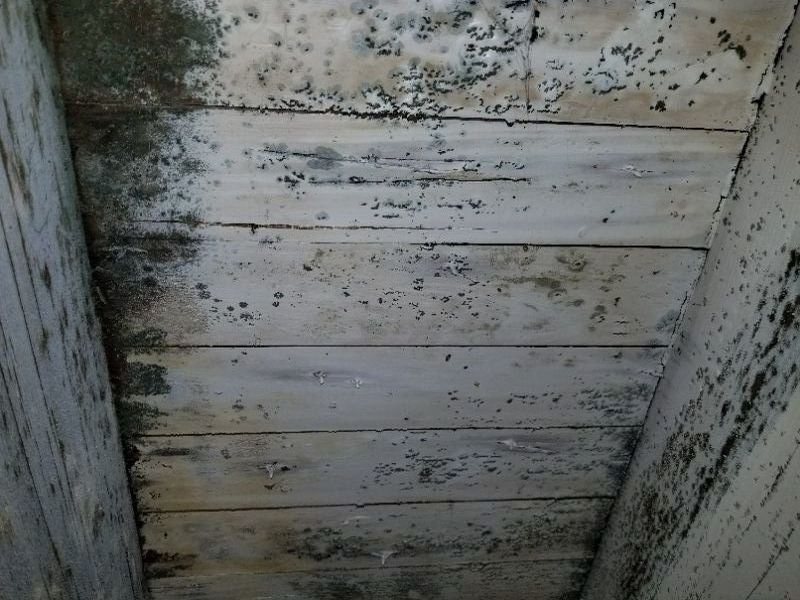
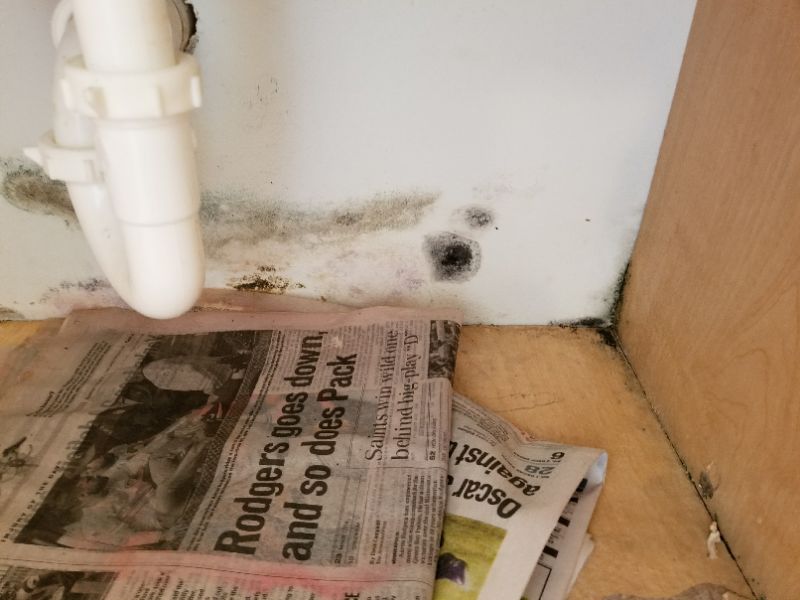
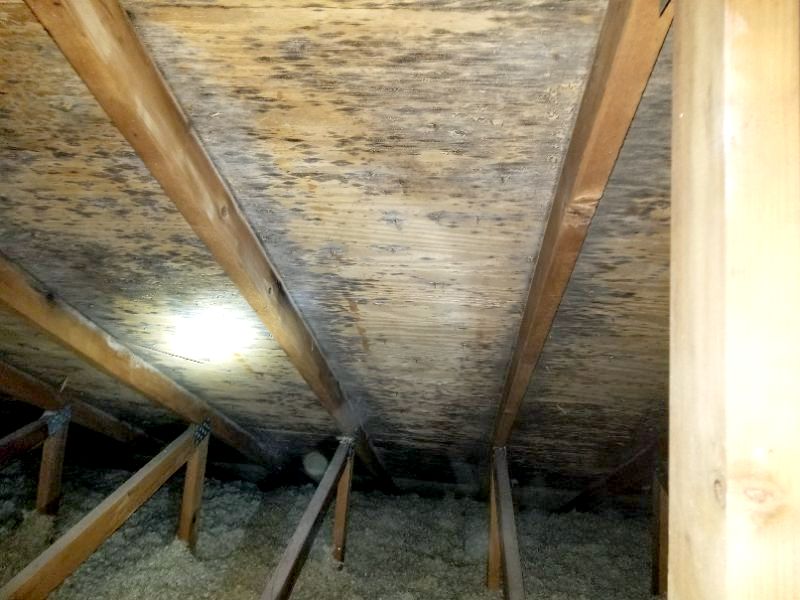
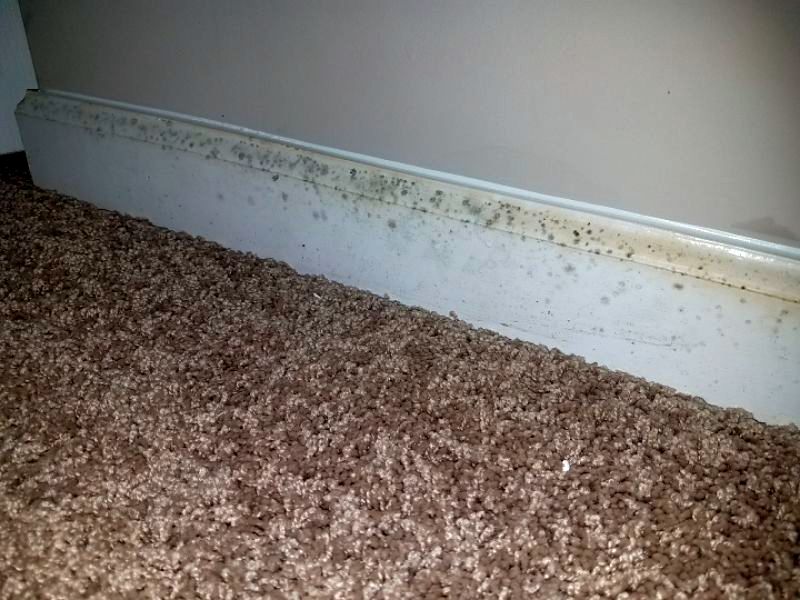
Mold/Fungus Limitation and Information Statements
Lead-Based Paint
Lead-Based Paint Limitation and Information Statements
PACM (Asbestos)
Always use the term “possible” or “suspected” when reporting a PACM. A definitive identification of asbestos can only be confirmed through a microscopic examination.
Materials are present which possibly contain asbestos. This is a potential health hazard. Asbestos content can be confirmed only by laboratory analysis. Hire an environmental specialist to evaluate the suspected asbestos and to make required repairs.
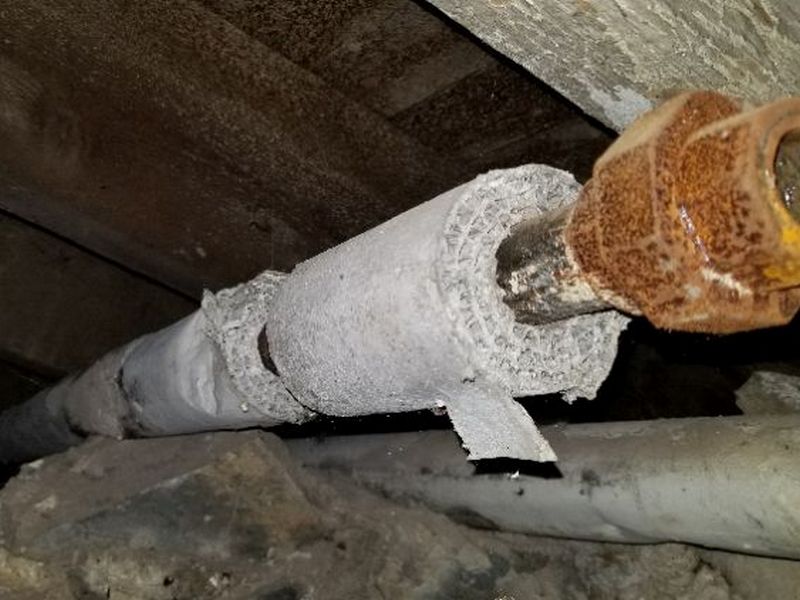
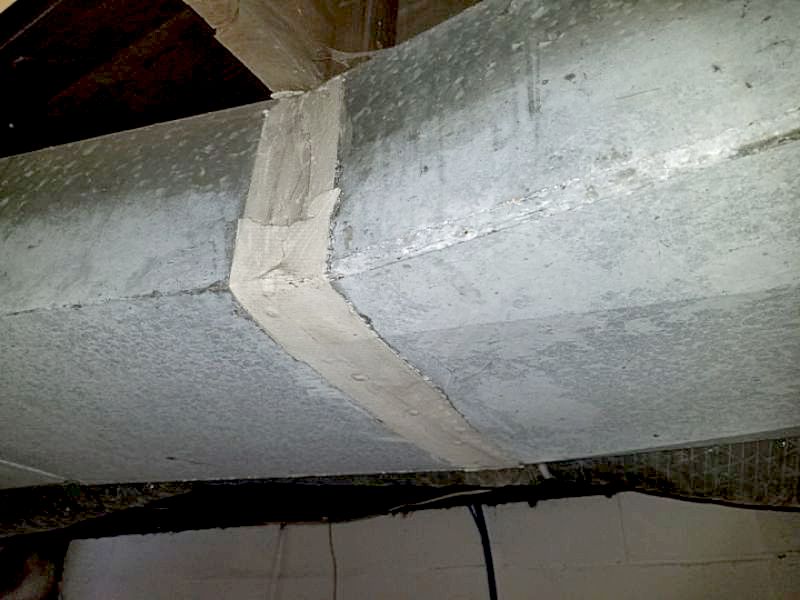
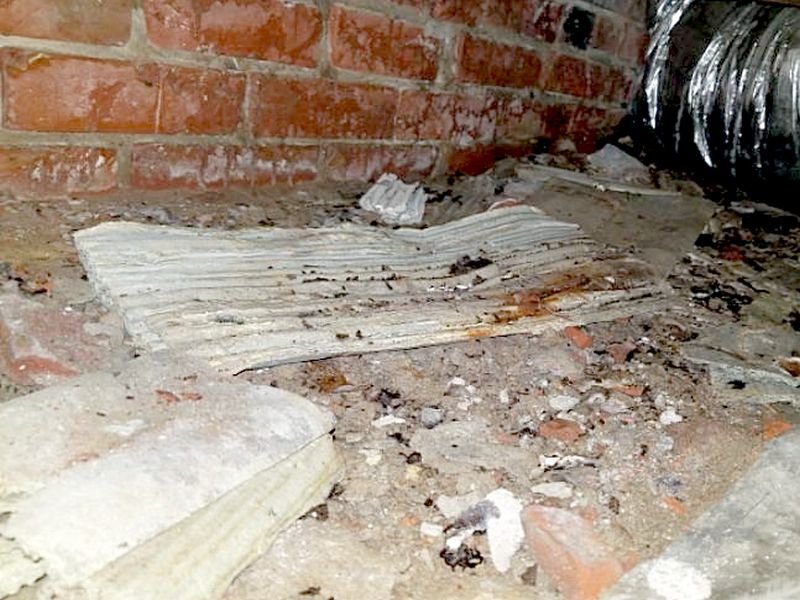
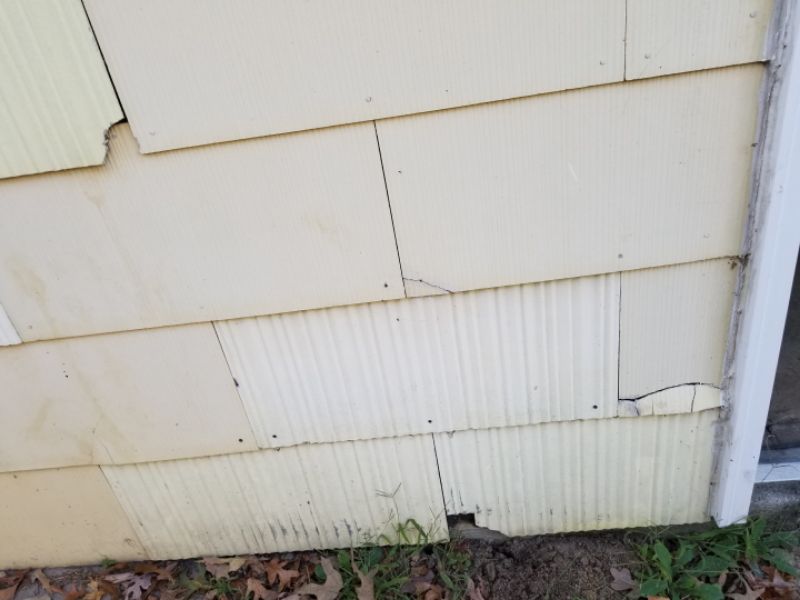
Some older floor tiles possibly contain asbestos fibers. This is a potential health hazard. Asbestos content can be confirmed only by laboratory analysis. Hire an environmental specialist to evaluate the floor tiles and to make required repairs.
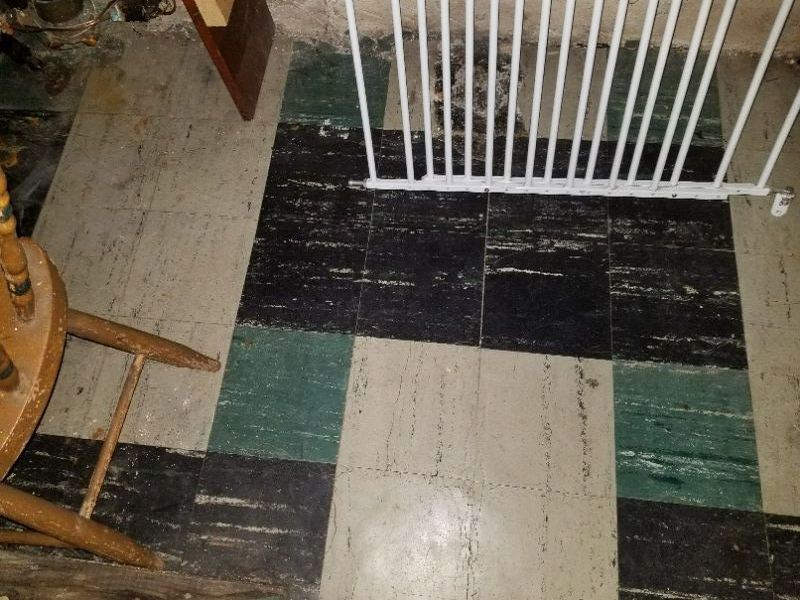
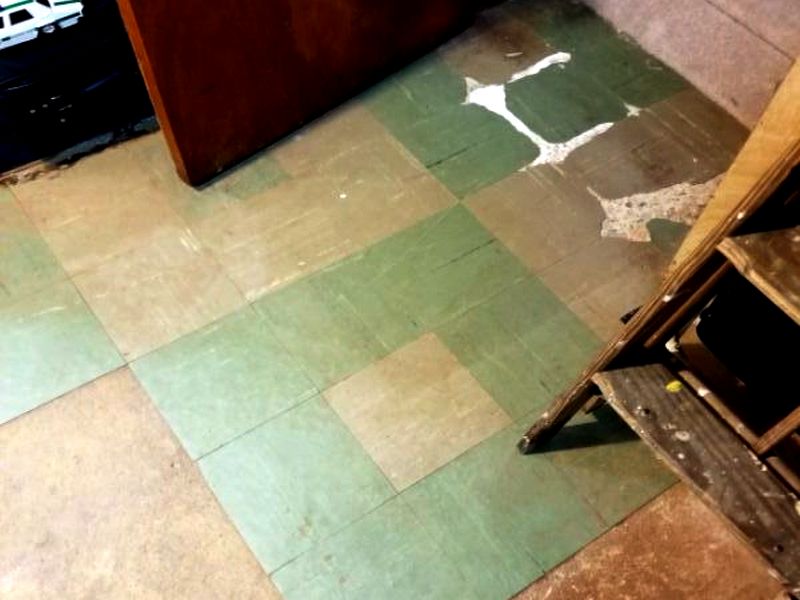
Vermiculite insulation is present. Some types of vermiculite have been shown to contain asbestos fibers. The presence of asbestos can be confirmed only by laboratory analysis. Hire an environmental specialist to evaluate the insulation and to make required repairs.

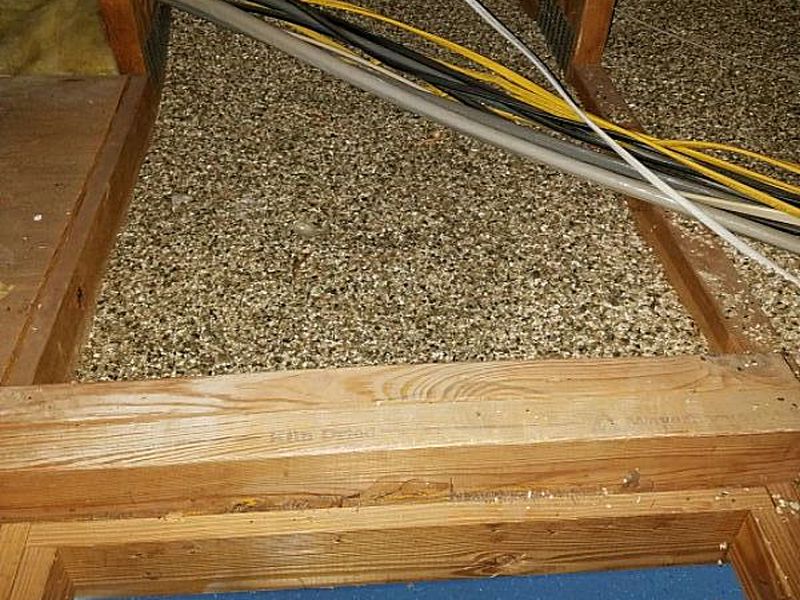
PACM (Asbestos) Limitation and Information Statements
Corrosive Drywall
Corrosive, or so-called “Chinese” drywall, was imported into the country during a building boom and domestic shortage in 2004 – 2007. This was especially true in FL after Hurricane Katrina. High pyrite content caused the product to outgas sulfur compounds. This induced an accelerated blackening, corrosion, and failure on copper HVAC coils and wiring, and was a health hazard. Most corrosive drywall has been removed by now. Identification is by the copper deterioration, a pronounced sulfur smell in the home, and (sometimes) brand markings of “China” or “Knauf Tianjin” on the back side.
There is evidence of corrosive drywall present. Such “Chinese drywall” can cause corrosion on copper fittings or produce a smell similar to sulfur or rotten eggs. This is a health hazard. Hire an environmental specialist to evaluate the drywall and to make required repairs.
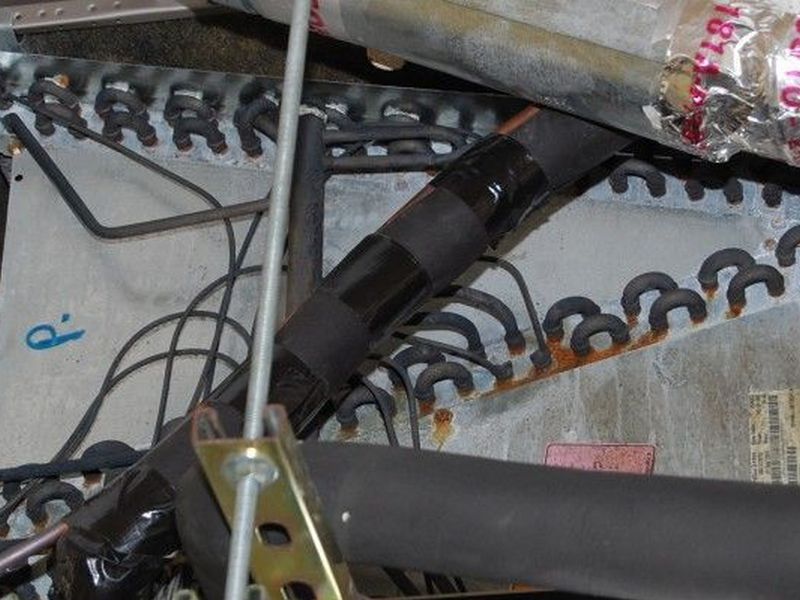
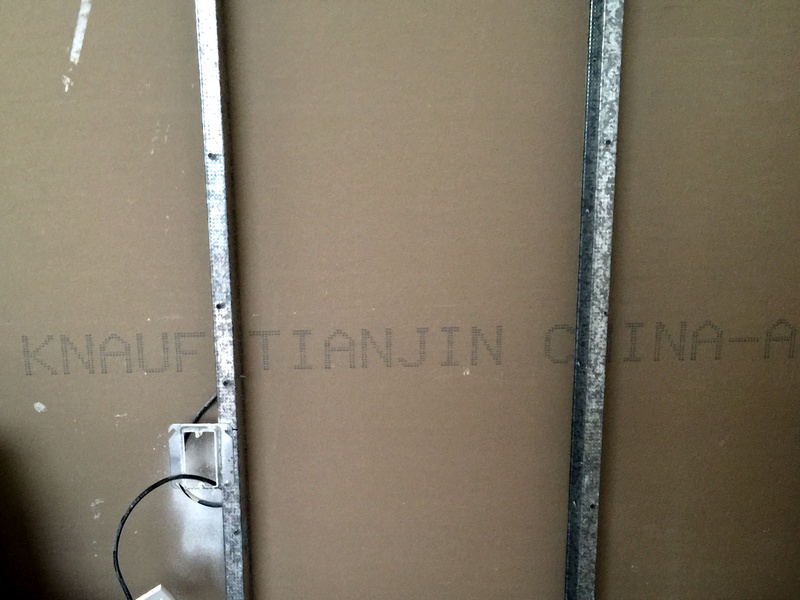
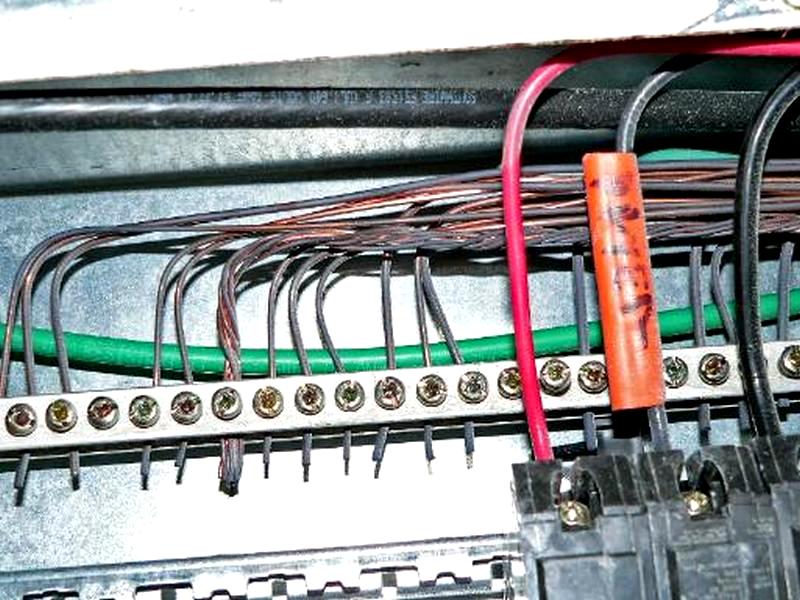
Corrosive Drywall Limitation and Information Statements
Radon Gas Mitigation System
Radon is a naturally occurring radioactive gas that can be found in homes in every state. It is considered the second leading cause of lung cancer. It’s presence and level cannot be determined without specialized testing. When a test determines that it’s present in a home above the EPA action level, it should be reduced to a safer quantity. This is done using a remediation system. Called “sub-slab” or “sub-membrane” depressurization, the systems draw the air from below a home’s slab foundation or a membrane sealed over the crawlspace. The air is then vented into the atmosphere above the roof.
Our job in this component is to inspect for a proper system installation. It’s not to determine if the system is reducing radon levels; only a test can do that. We do ensure that the system is running. The fan must be outside of the living envelope, and the vent piping sealed and intact. A “manometer” pressure gauge must be present, and the system’s circuit breaker labeled. The termination discharge point must above the roof line, and 2′ above any opening within 10′.
The radon gas mitigation system is inoperative as indicated by the pressure monitor. This will allow radon gas to build up in the home. Hire a radon contractor for an evaluation and to repair or replace the system as needed.
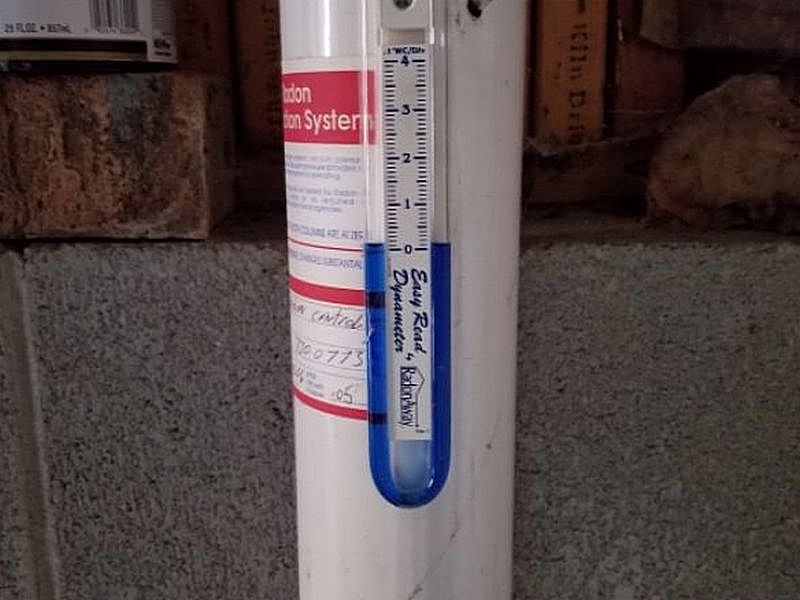
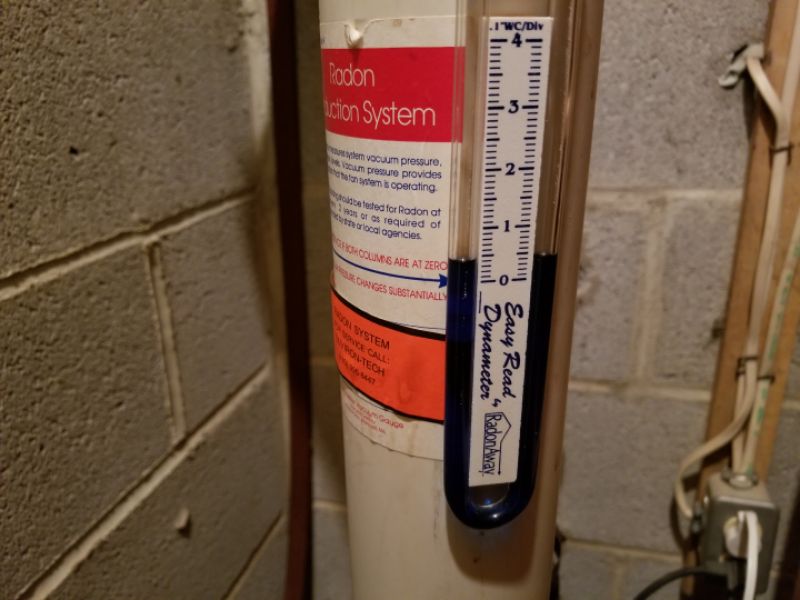
The radon gas mitigation system pressure monitor is inoperative. This indicates either the system is not turned on, the pressure device is faulty, or the mitigation fan has failed. Hire a radon contractor for an evaluation and to repair the system as needed.
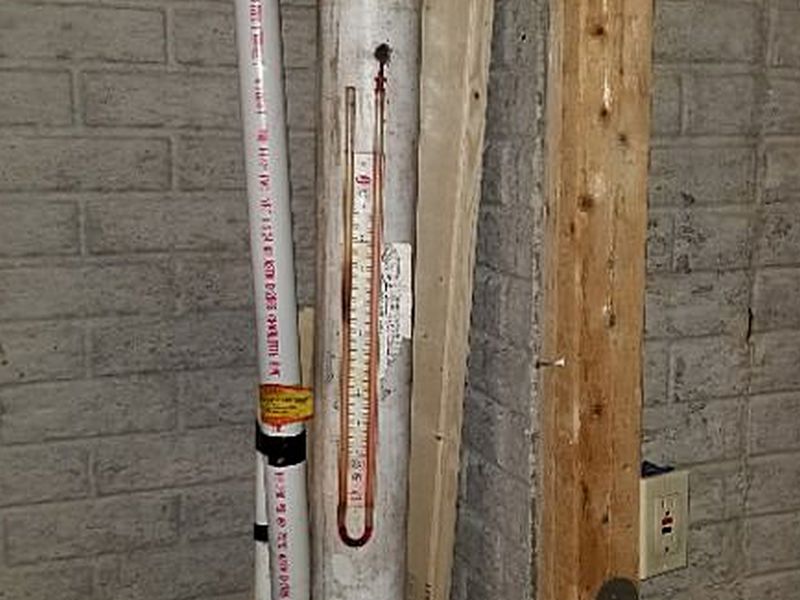
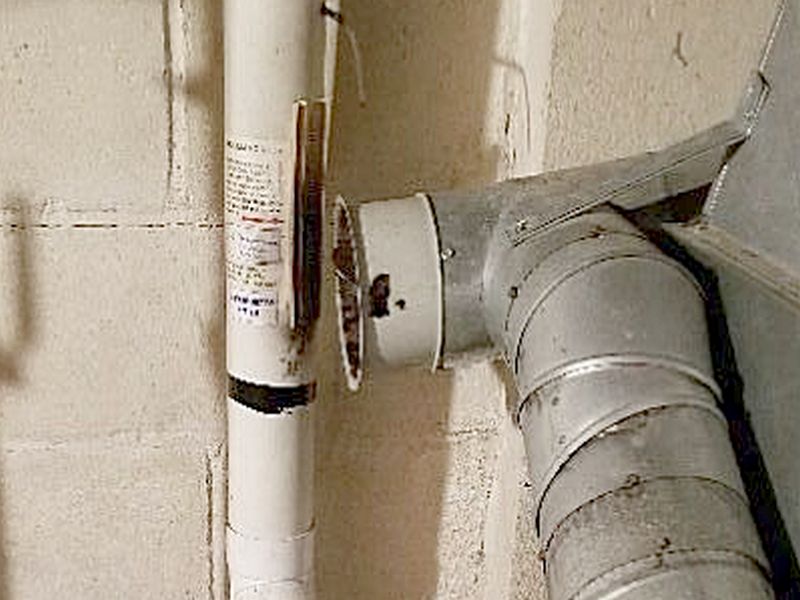
The radon gas mitigation system vent fan is improperly located. It must be on a vertical pipe and outside of the home’s living envelope. Hire a radon contractor for an evaluation and to repair the system as needed.
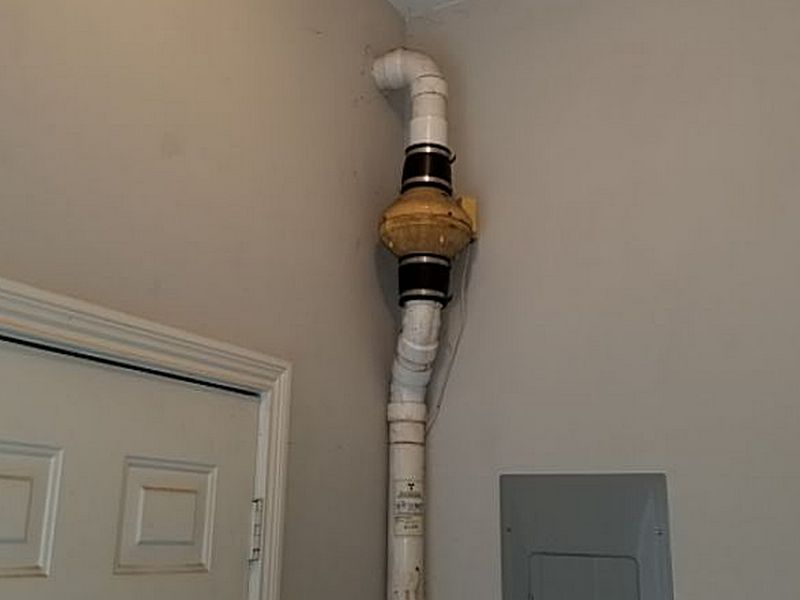
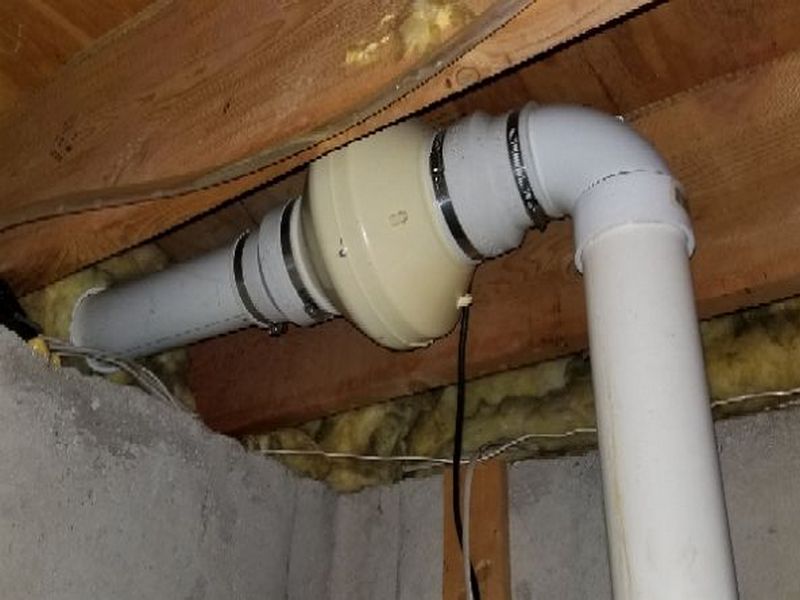
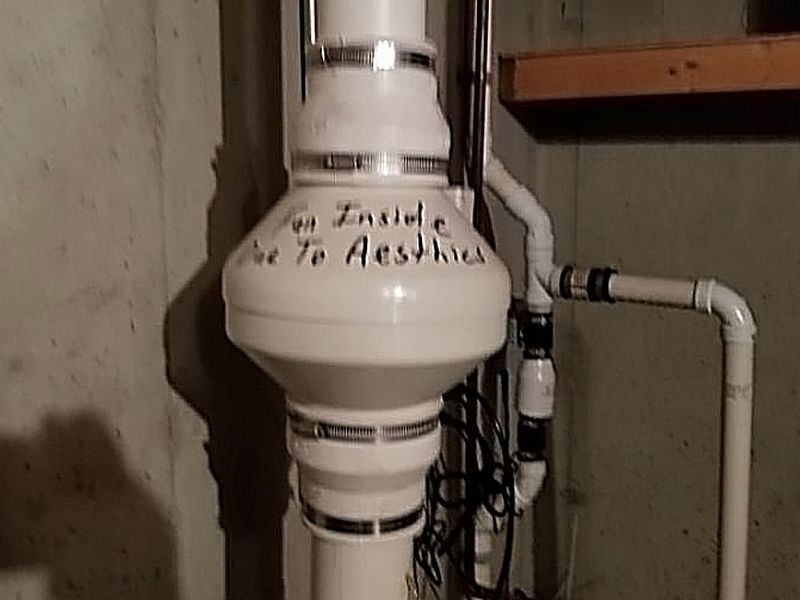
The radon gas mitigation system vent pipe is defective. It must be completely sealed, properly supported, and terminate according to accepted protocols. Hire a radon contractor for an evaluation and to repair or replace the system as needed.
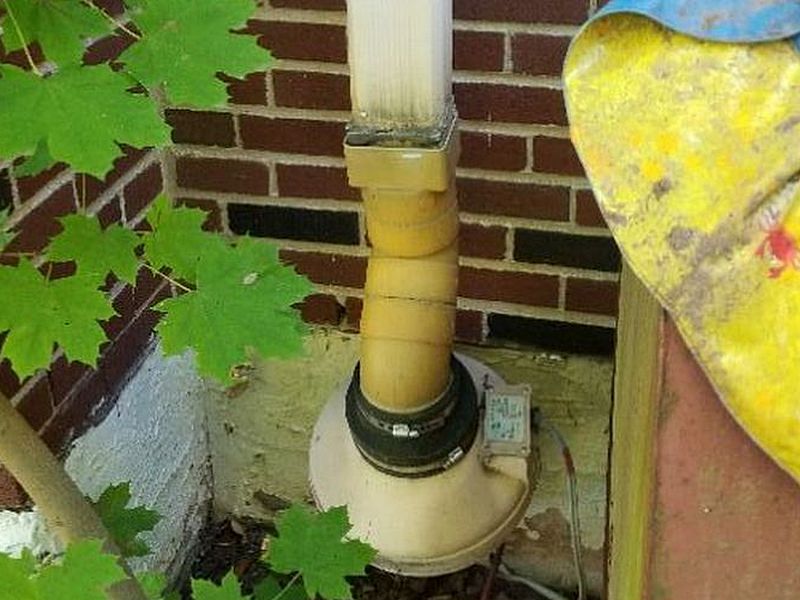
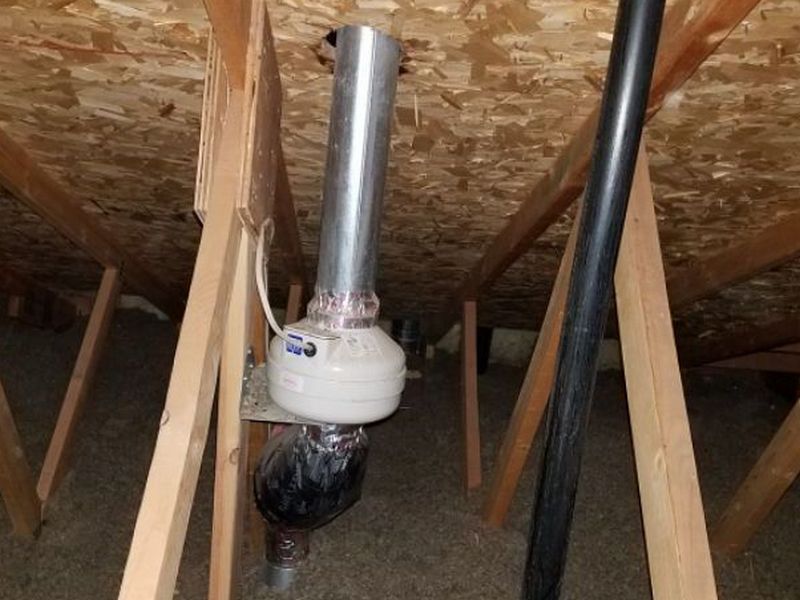
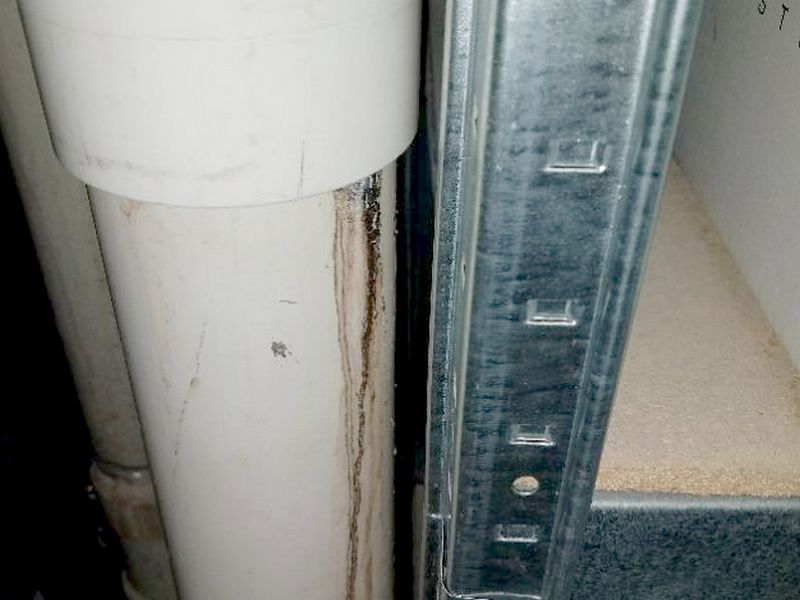
The radon gas mitigation system vent pipe termination is incorrectly positioned. This risks allowing discharged radon gas back into the home. Hire a radon contractor for an evaluation and to repair the system as needed.
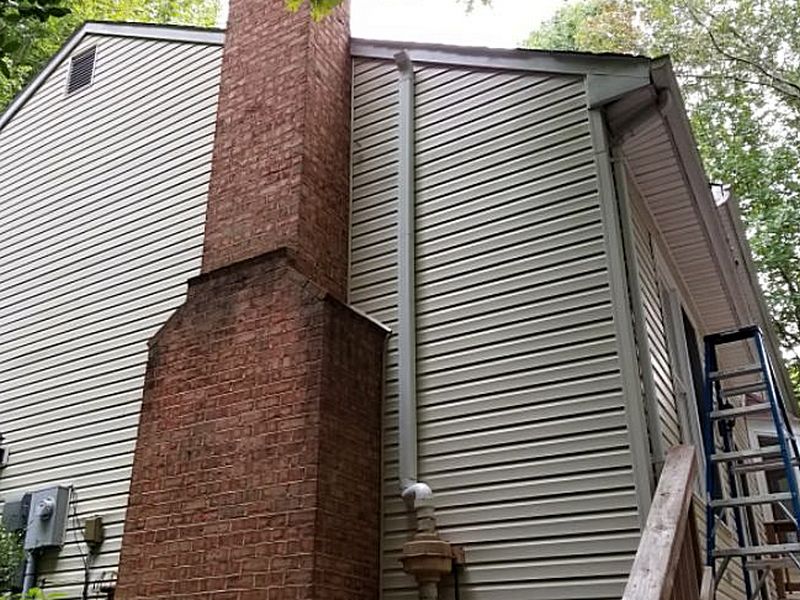
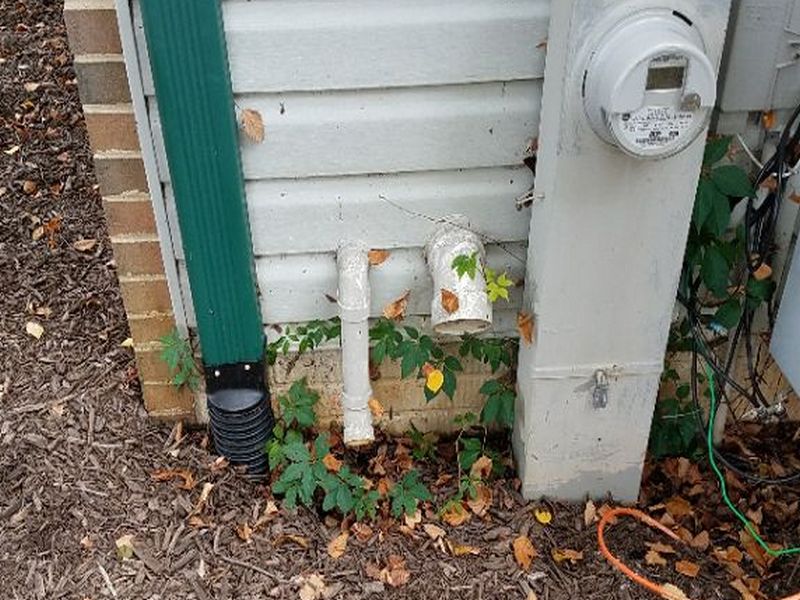
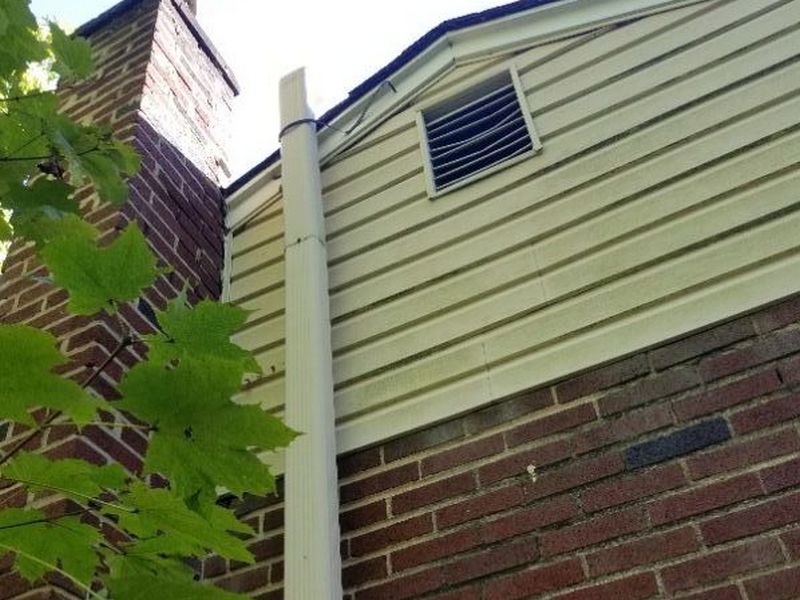
The radon gas mitigation vent pipe is standard metal downspout material. This is contrary to accepted safe practices. Hire a radon contractor for an evaluation and to repair the system as needed.
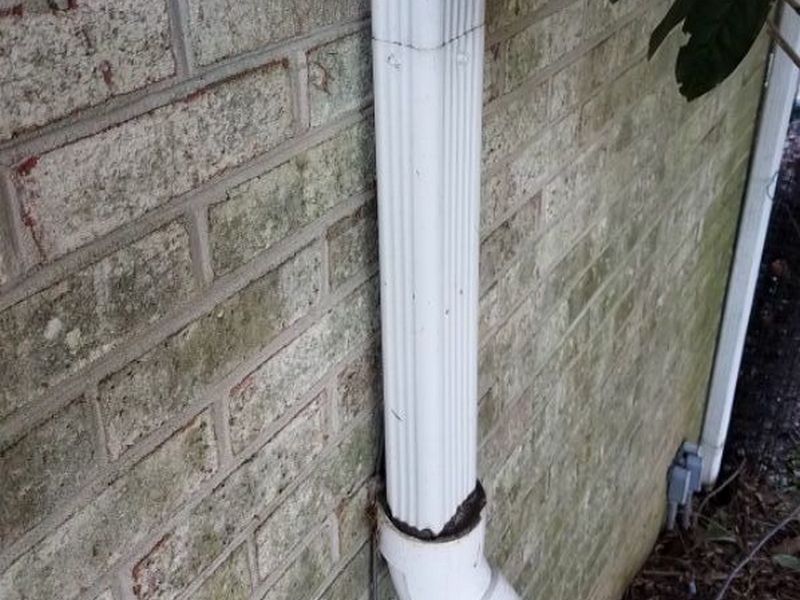
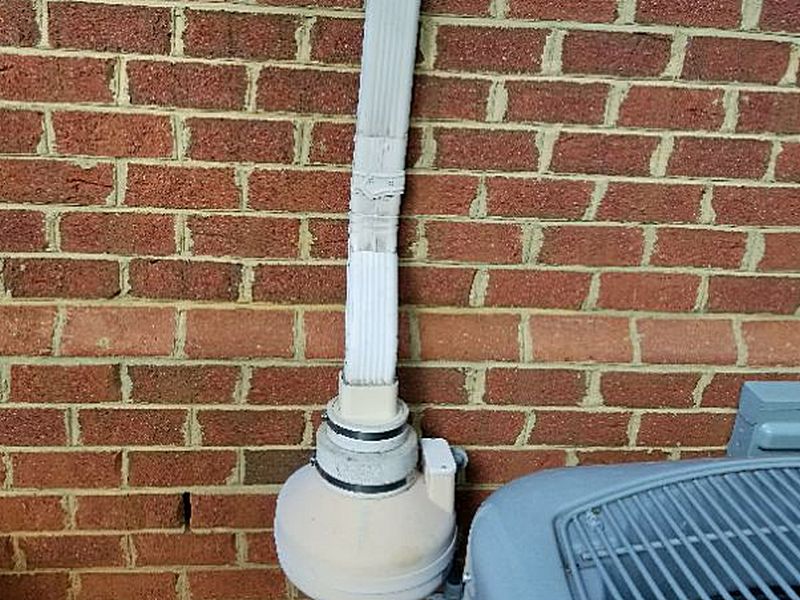
The radon gas mitigation system vent piping is not labeled properly. Standards require that the vent pipe be labeled Radon Reduction System on each level where pipe is visible. Properly label the vent pipe.
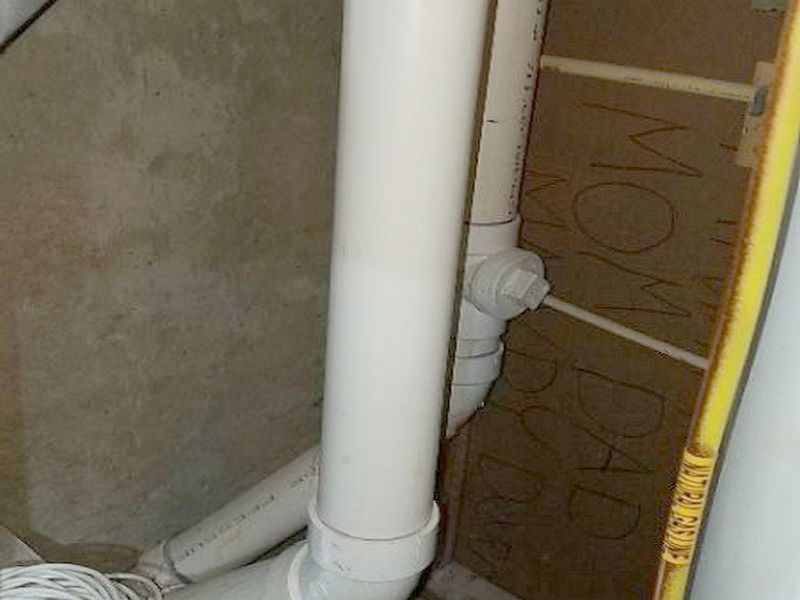
The radon gas mitigation system circuit breaker is not clearly labeled. This is contrary to accepted safe practices. Properly label the circuit breaker.
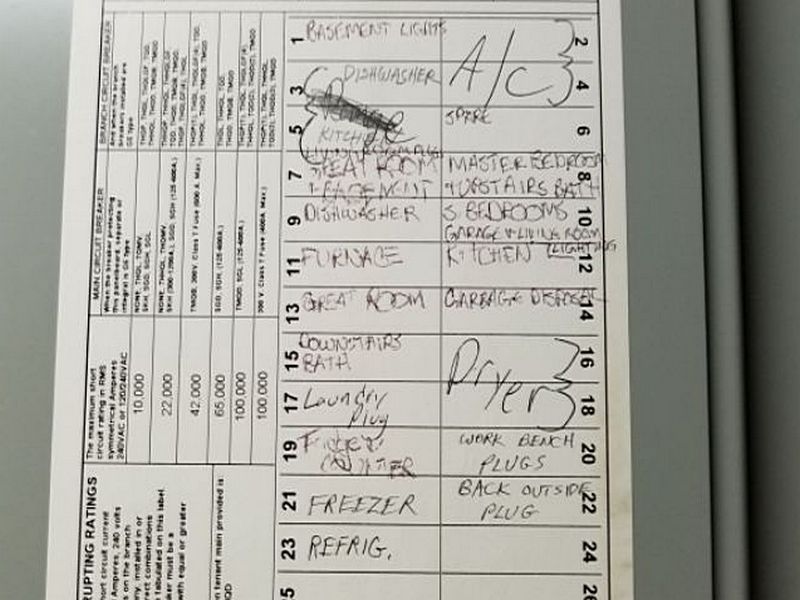
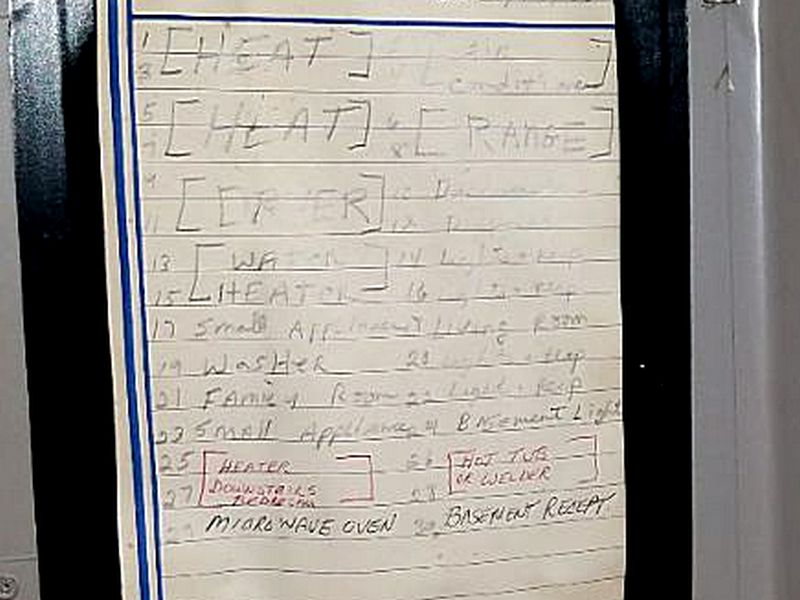
The radon gas mitigation system vent fan power supply is >6′ long. This exceeds the maximum allowable length. Hire an electrician to replace the power supply.

Radon Gas Mitigation System Limitation and Information Statements
“Active” Radon gas mitigation system, i.e., the system fan operates continuously, we inspect visible components: There is an “active” Radon gas mitigation system, i.e., the system fan operates continuously. The pressure sensing device provides visual indication that the fan is operating. If there is no electrical power, the Radon Gas mitigation fan will not operate. When electrical power is restored, the fan should automatically resume operation. We inspect visible components of the Radon Gas mitigation system.
“Passive” Radon gas mitigation system, i.e., there is not a system fan, we inspect visible components:There is a “passive” Radon gas mitigation system. There is not a fan installed at this time. We inspect the visible components of the Radon Gas mitigation system.
Environmental – Other
In the component “Environmental – Other” we gather together the various hazardous materials and conditions that pose potential health threats to the homeowner. These include lead and pests/vermin such as rodents, bats, and stinging insects. It is essential that you use a specific location for any reported concern, as some of the Issue Statements are general in nature.
Lead that is ingested can cause serious and irreversible neurological damage, especially to children. It is still present in the water lines of old homes, and in the earlier coats of paint.
The water service entry pipe is composed of lead. This is a health issue, especially if there are young children in the home. Hire a plumber to replace the pipe.



The water supply piping has lead sections. This is a health issue, especially if there are young children in the home. Hire a plumber to replace the pipe.
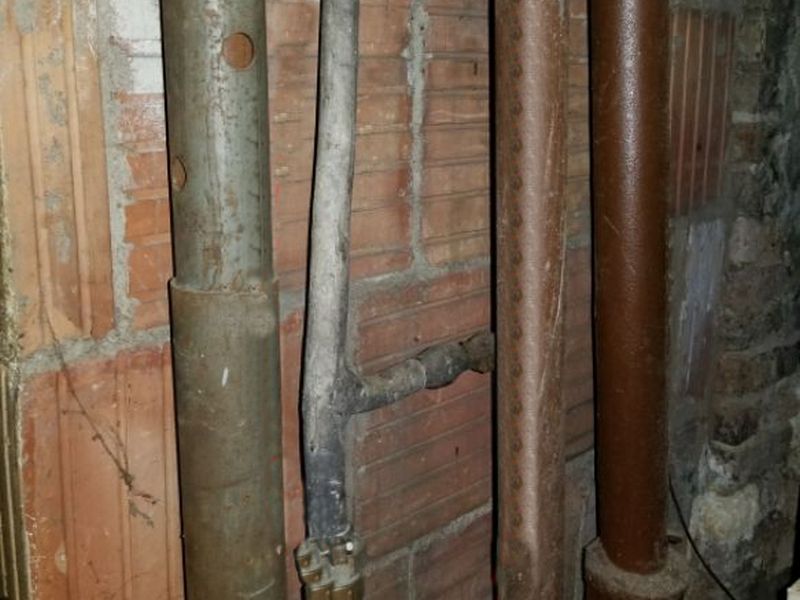
The property may have lead-based paint. This is a health hazard, especially to children, if the paint residue is ingested. The presence of lead-based paint can be determined only by a laboratory analysis. Hire an environmental specialist to evaluate the paint and to make required repairs.


Animal infestation, whether rodents, bats, raccoons, etc. is inherently destructive and a health hazard. Wasps and certain spiders can be life threatening to some, and poison ivy can be a serious problem, especially for children. Be specific in your reported location(s).
There is evidence of rodent activity within the home. This is a health concern. Hire a specialist for an evaluation and to make required repairs.
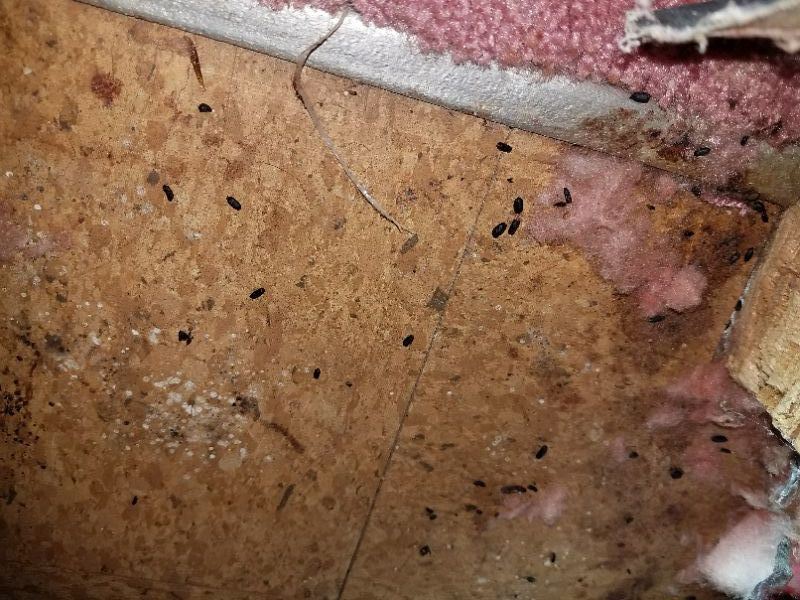
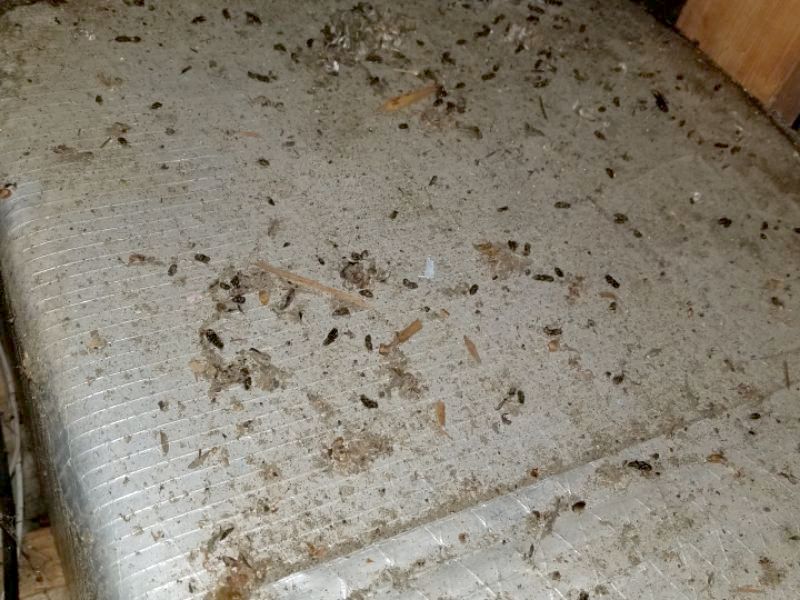
There is evidence of birds and/or animals nesting within the home. This is a potential health hazard, and can allow damage. Hire an specialist for an evaluation and to make required repairs.
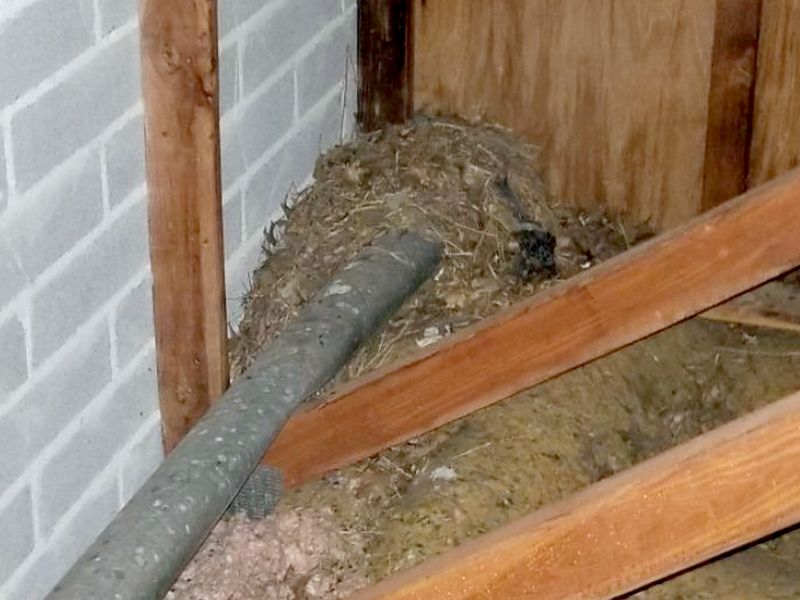

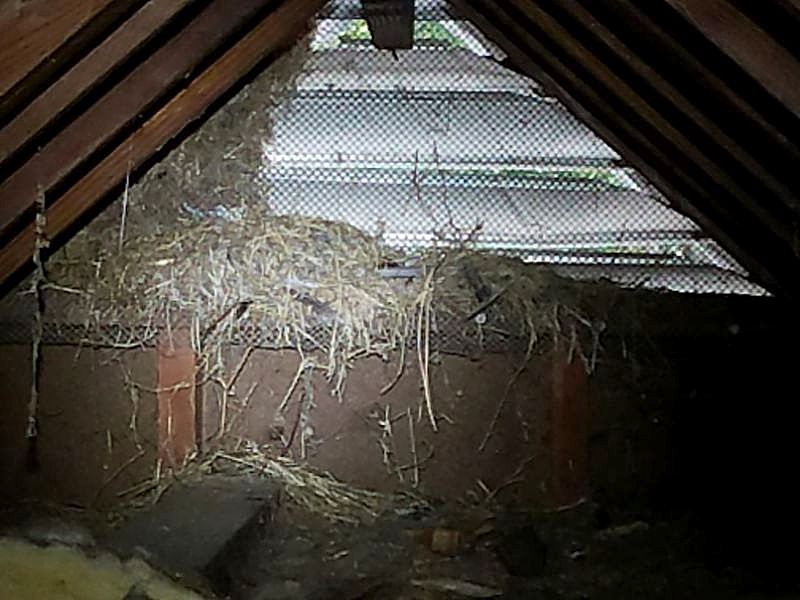
There is evidence of bat nesting in the attic. This is a health concern. Hire a specialist to clear the nesting and make required repairs.
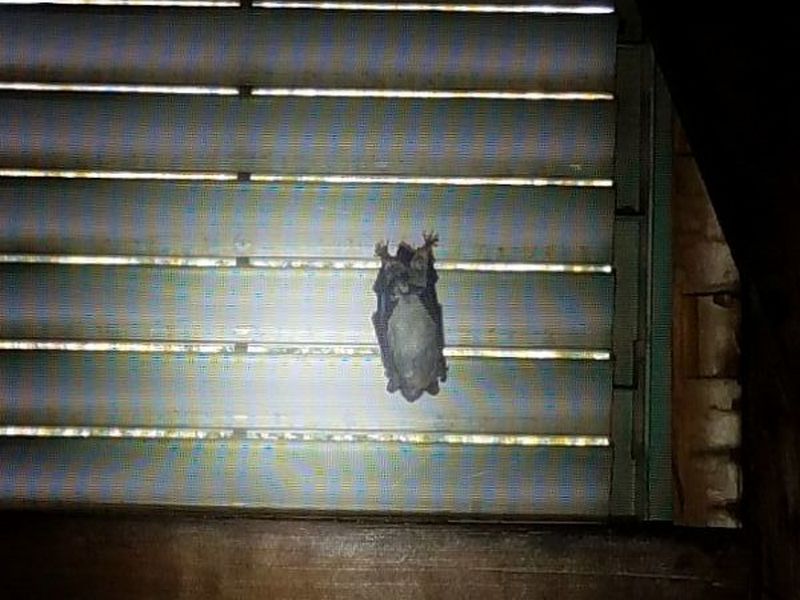
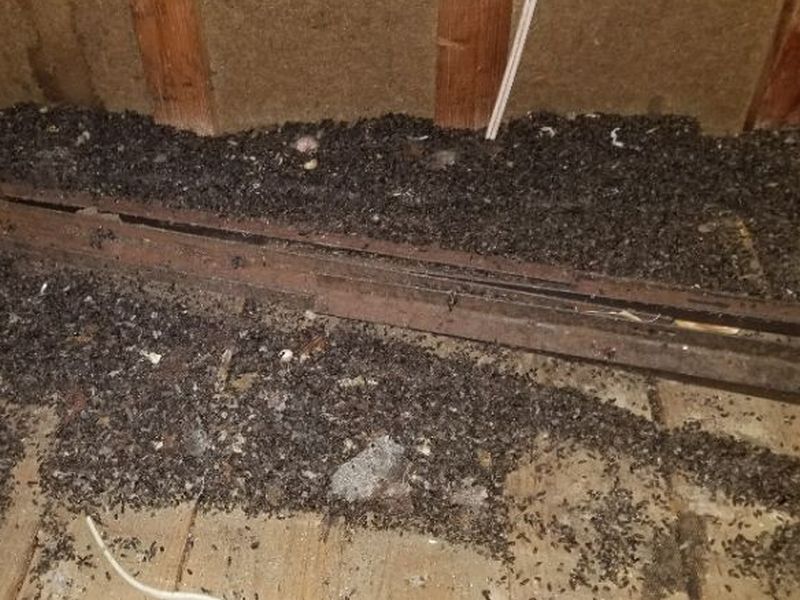
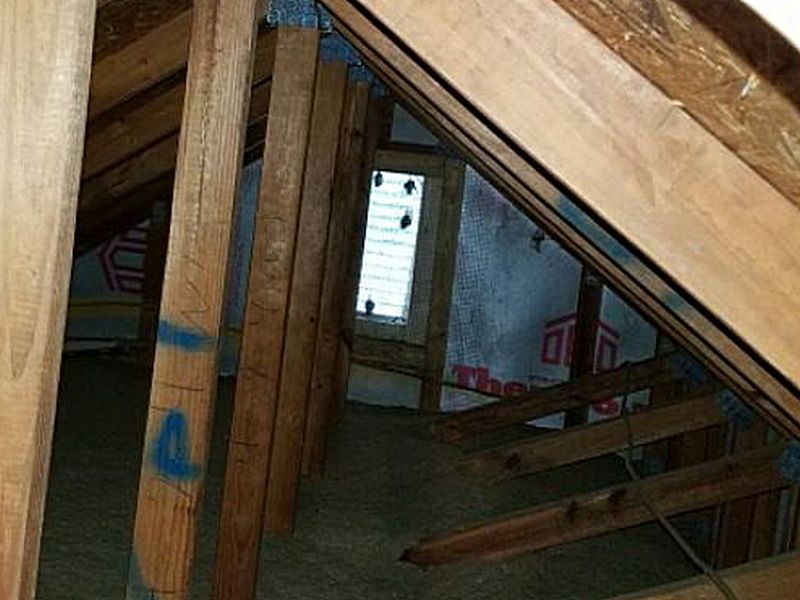
There are bees or wasps nesting on the property. This is a health and safety concern. Hire a specialist to clear the nesting and make required repairs.
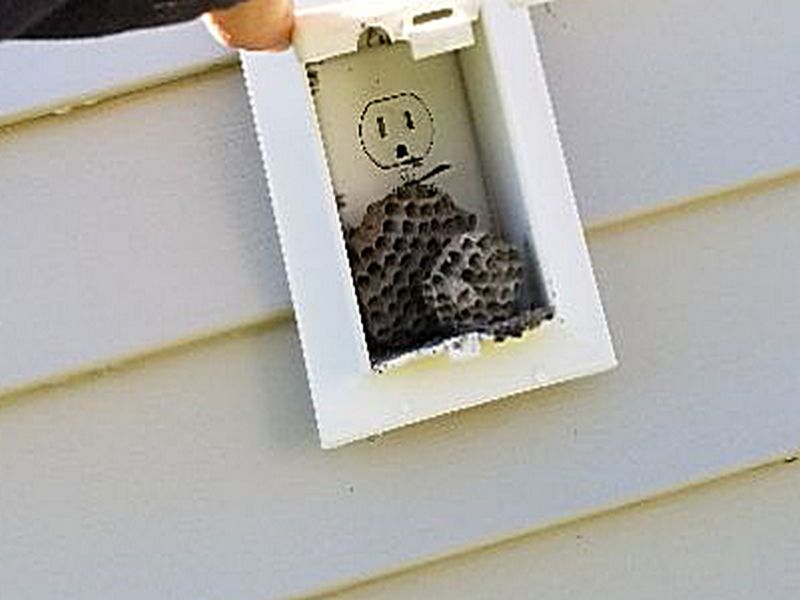

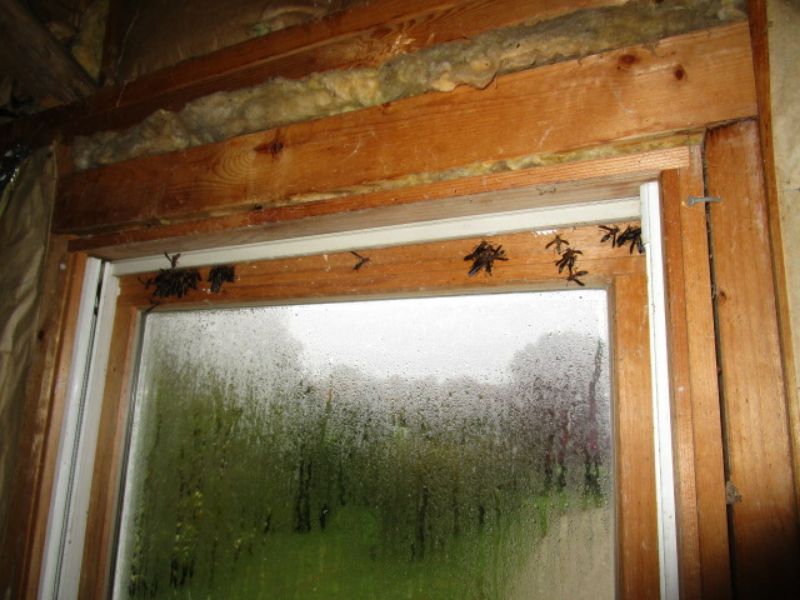
There is a significant amount of poison ivy growing on the property. This can be a hazard for children and anyone allergic to it. Remove the poison ivy. You should consider professional advice before proceeding. Be aware that the dead vines left in the ground after a systemic treatment can still cause a reaction.

